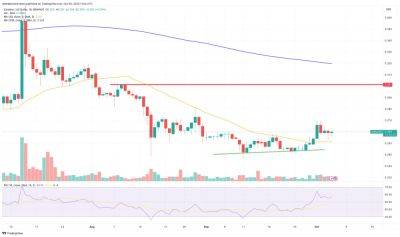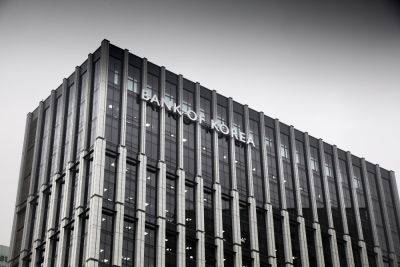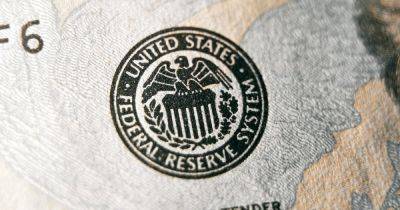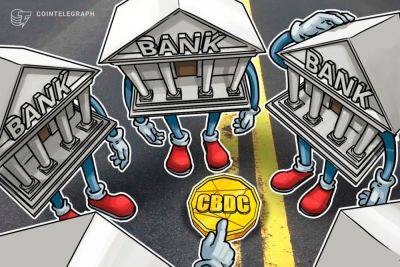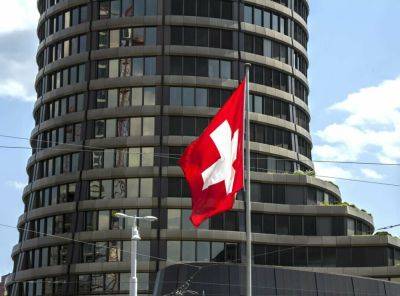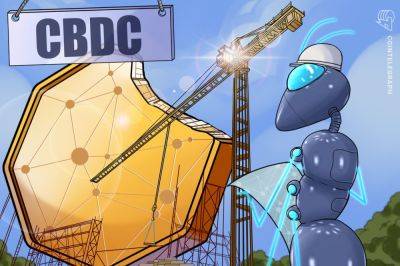US Federal Reserve Banks say stablecoins could ‘become a source of financial instability’
The Federal Reserve Banks of Boston and New York published a staff report on Sep. 26 comparing stablecoins, such as USDT and USDC, to money market funds. Key findings in the report include the observation that stablecoins and money market funds follow similar patterns during runs and that stablecoins could inject instability into the broader financial system.
The report, titled “Runs and Flights to Safety: Are Stablecoins the New Money Market Funds?” includes a comprehensive comparison of investor behavior during the stablecoin runs of 2022 and 2023 to investor behavior during the money market fund runs of 2008 and 2020.
Per the publication:
The researchers also note that stablecoins appear to have a discrete “break-the-buck” threshold of $0.99, below which redemptions accelerate and runs — periods in which investors flee, potentially causing an asset crash for remaining investors.
A break-the-buck threshold in money market funds occurs when the net asset value of a fund drops below a dollar, this can lead to investor shares, valued at $1.00, to dip below market price and cause investors to seek safe harbor elsewhere.
As Cointelegraph recently reported, Italy’s central bank is also taking measures to identify contributing factors and prevent stablecoin runs. In a recent statement, the Italian banking authority cited the 2022 Terra Luna collapse as an example that stablecoins “have not proved stable at all.”
According to the report, Italy has also called upon global lawmakers to form an international regulatory body to govern cryptocurrency, stablecoins, and related technologies.
Related: ‘It’s going to get worse for banks’ — JPMorgan CEO on overregulation
Read more on cointelegraph.com


